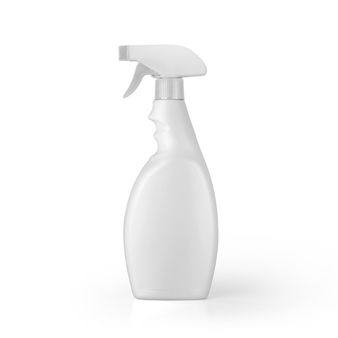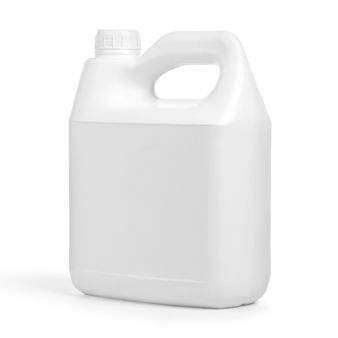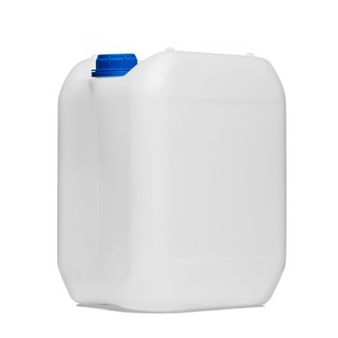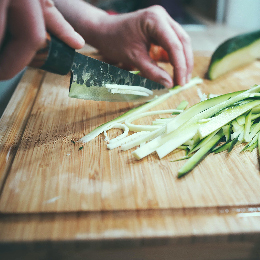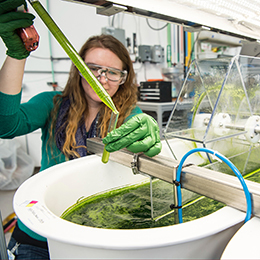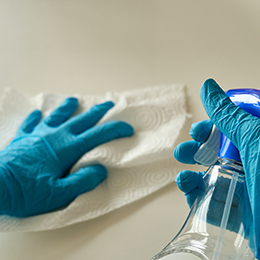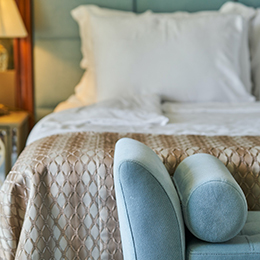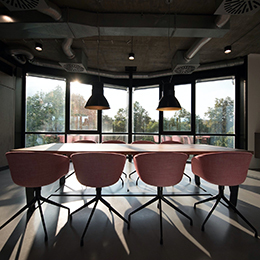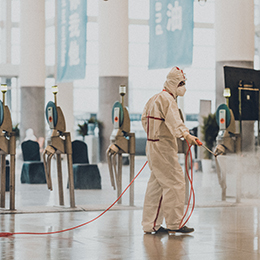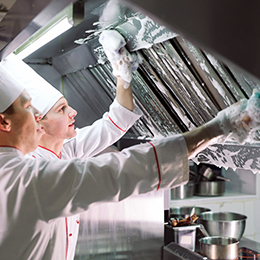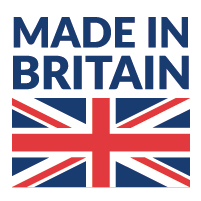
QUAT FREE
AlgaeSafe is a QUAT FREE water based bio-degradable anti-microbial algal inhibitor and killer that can be used in various situations according to requirements.
AlgaeSafe contains only those ingredients which are classified as readily bio-degradable and environmentally friendly and is effective against fungi, black moulds, yeast, algae and moss.
Primary Features
- QUAT free
- It kills and inhibits algal growth
- Bio-degradable and environmentally friendly
- Non-toxic and safe to use
- Harmless to plants, animals and insects
- Can reduce incidences of injury caused by slippery surfaces
- Assists with duty of care requirements
- Simple application
- Not classified as corrosive or toxic
- Complies with environment agency PNEC levels
- Broad spectrum
- Vegan and cruelty free
Application
AlgaeSafe as a ready to use product is suitable for use on all surfaces where water will not cause harm such as concrete, stone, canvas, timber, metal, slate, plastics, glass and rubber.
- Slipways
- Jetties
- Pontoons
- Decking
- Tarpaulins
- Tents
- Marquees
- Cladding
- Fencing
- Sheds
- Patios
- PVCu
- Walls
- Other outdoor areas
Directions for use
Dilute the concentrated product to a 10% solution where necessary. Remove debris from horizontal surfaces, spray on and leave to act, greening will disappear over several days. Best applied in calm, dry conditions, although it can be used on damp surfaces and damp conditions, NOT RAIN. For heavy contamination remove debris from the surface and apply directly. Brush surface when wetted to allow the product to reach through to surface underneath. To prevent re-growth, respray when light greening occurs.

Tests carried out
ASSESSMENT OF ALGAECIDAL ACTIVITY AT 10% Dilution
Method 1: Inhibition of Algal Growth
1ml of test product was added to sterile nitrocellulose or Whatman number 1 filters. The filters were placed on Bolds Basal Agar (Bolds Basal Broth with 10g/l agar). Two ‘sprays’ from a pump containing the algal suspension were sprayed onto the surface of the agar over the filter papers.
The plates were then incubated in an algal incubator at 20°C for 10 days. The test product was compared to a control with the test product replaced with synthetic hard water.
A growth control was also included to demonstrate that the agar supported the growth of the algae.
Results: There was inhibition of algal growth on the filter papers treated with test product but no inhibition of growth on the paper treated with synthetic hard water (control). There were small zones of inhibition around the filter papers treated with test product but not around the control papers.
Method 2: Killing of Algae on a Surface (Bolds Basal Agar). The test organisms were grown up on Bolds Basal Agar (Bolds Basal Broth with 10g/l agar). Two ‘sprays’ from a pump containing the test product were sprayed onto centre of the surface of the agar. The plates were then incubated in an algal incubator at 20°C for 4 days. The effects of test product on the algae were compared to a control where the test product was replaced with synthetic hard water. A growth control was also included to demonstrate that the agar supported the growth of the algae.
Results: A change in colour or the algae in the centre of the plate were the test product had been sprayed compared to the colour of the algae on the control plates was noted. Colour changed from dark green to lime green indicating the death of the algae. The areas where the product had been applied and colour change had been noted were sub cultured onto Bolds Basal Agar (Bolds Basal Broth with 10g/l agar) and incubated for 10 days in an algal incubator at 20°C. There was no growth of the algae indicating that the algae had been killed by the test product.
Method 3: Killing of Algae in a Solution (Bolds Basal Medium)
The test organisms were grown up on Bolds Basal Medium. Two concentrations of test product were tested. The first concentration was 1ml of neat product added to 9ml of algal suspension. This gave a final product concentration of 10%.
The second concentration was 1ml of a 10% product solution added to 9ml of algal suspension. This gave a final product concentration of 1%. The suspensions were then incubated in an algal incubator at 20°C for 4 days. After incubation the suspensions were sub cultured onto Bolds Basal Agar to determine whether the algae were dead. The plates were incubated for 10days in an algal incubator at 20°C for
Results: After addition of the test product the solutions were observed for colour change as an indicator of algal death. Gloeocapsa atrata with the 10% test product changed from green to yellow in 2 minutes. Gloeocapsa atrata with the 1% test product changed from green to yellow in 10 minutes. Nostoc commune var. flagelliforme with both the 1% & 10% test product changed from green to yellow in 10 minutes. Stichococcus bacillaris did not show a colour change. There was no growth on any of the sub-culture plates indicating that the algae were not viable.

Other microbial products in our range
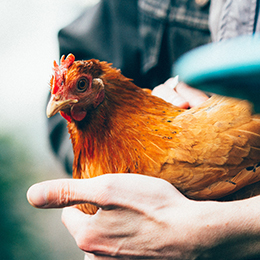
Poultry Safe
is a DEFRA Approved (General and Poultry Orders) water-based, bio-degradable sanitiser that has been...
Find out more
Campylo Safe
is a water-based, bio-degradable anti-microbial sanitiser that is QUAT FREE and kills micro-organisms....
Find out more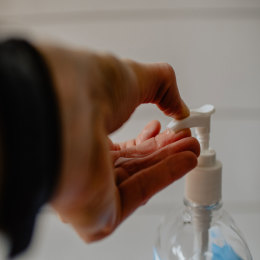
HandSafe Gel
PROTECTS 250 TIME LONGER THAN ALCOHOL GEL AND WASHING YOUR HANDS WITH SOAP AND WATER
Find out more
HandSafe Foam
PROTECTS 250 TIMES LONGER THAN ALCOHOL GEL AND WASHING YOUR HANDS WITH SOAP AND WATER
Find out moreTalk to us
If you’d like to speak to one of our company experts, click the link and use any of the methods on our contact page we’ll be delighted to help you.
Contact
